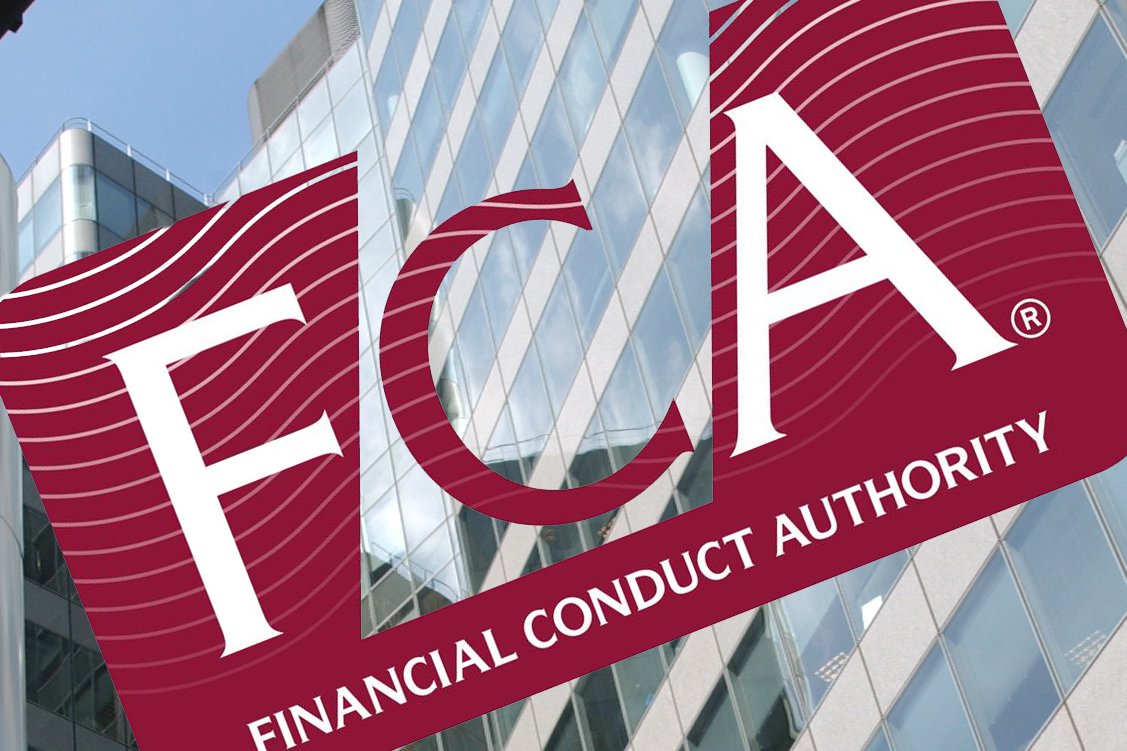At the weekend it was reported that the UK government is drawing up plans for a temporary cap on the revenues of renewable energy generators.
The Association of Investment Companies (AIC) has gathered views from investment company managers in the Renewable Energy Infrastructure sector on the proposed energy price cap, the impact of the mini-budget, how renewable energy can help solve the UK’s energy crisis and the outlook for the sector.
Annabel Brodie-Smith, Communications Director of the Association of Investment Companies (AIC), said: “Since the launch of Greencoat UK Wind in March 2013, Renewable Energy Infrastructure has grown to be our third largest sector, with 22 companies managing £18 billion of assets. It’s been a success story which has helped fund the transition to green energy.
“Renewable energy investment companies have a vital role to help plug the energy gap created by the war in Ukraine and to ensure the UK reaches its 2050 net zero target. Any measures taken by the government must ensure the renewable energy sector continues to attract investment, rather than stifling growth.”
How will the energy price cap impact the renewable energy sector?
Tom Hovanessian, Director of Sustainable Development Capital, investment manager of SDCL Energy Efficiency Income Trust, said: “As energy price caps continue to emerge in various forms across multiple jurisdictions, there has been a growing perception that the policy initiative represents more of an anaesthetic than a solution to the energy crisis currently facing governments, businesses and individuals. Unlike renewable energy, price caps don’t on their own address the root cause of the problems the energy market is facing and do not incentivise energy savings or encourage support for fossil fuel replacements.
“Inserting price caps, in isolation, does nothing to help reduce the demand for energy, or to reduce the 67% in losses associated with distributing energy to end users. Renewable energy, in particular energy efficiency solutions, are first and foremost the medium to long-term solution to energy market instability and governments should be building policy solutions that incentivise further productivity, growth and investment into these areas.”
James Armstrong, Managing Partner of Bluefield Partners, investment adviser of Bluefield Solar Income Fund, said: “The energy price cap is between the government and consumers. Where the renewable industry can help is that the further rapid deployment of solar and wind, the cheapest forms of energy available, can help bring down the cost of energy, and in doing so, lessen the cost burden on the government which is underwriting the price cap.”
Chris Tanner, Partner of Foresight Group, Co-Lead Manager of JLEN Environmental Assets Group, said: “It could arguably be asserted that the current energy crisis facing businesses and households across the country has been exacerbated precisely because we have not yet invested enough in renewable energy generation in the UK. We have made excellent progress so far and are leading the way in offshore wind energy installation, but there is still a long way to go. Momentum must continue to build and knee-jerk reactions offering a quick fix should be avoided – we must continue to move away from carbon-intensive fossil fuels and instead prioritise clean, renewable energy production and distribution.”
Alex O’Cinneide, CEO of Gore Street Capital, Investment Manager of Gore Street Energy Storage Fund, said: “Although the effects of the price cap may manifest differently across the renewable energy sector more broadly, we do not envisage a material effect on current revenues received by energy storage assets. This is mainly due to a battery’s ability to stack revenues across multiple streams, including grid balancing and trading revenues.
“By optimising batteries across different streams, they can opportunistically benefit from volatile energy prices through trading or high grid balancing services’ prices resulting from generation intermittency, all of which help insulate overall revenue from a downward trend of one source of revenue. An energy price cap could impact price volatility and trading opportunities, but today our portfolio is primarily focused on services to stabilise the grid.”
What impact will the mini-budget and the consequent rise of bond yields have on renewable energy investment companies?
Tom Hovanessian, Director of Sustainable Development Capital, investment manager of SDCL Energy Efficiency Income Trust, said: “Investors in renewables have been balancing the potential valuation tailwinds of higher inflation and energy prices against the headwinds of increased interest/discount rates.
“Publicly listed share prices relative to NAV generally moved from premium to discount territory off the back of the recent UK government initiatives (and rising bond yields), partly driven by a ‘buyers’ strike’ as risk aversion dominated investor sentiment.”
James Armstrong, Managing Partner of Bluefield Partners, investment adviser of Bluefield Solar Income Fund, said: “Rising bond yields impact all infrastructure and renewable energy investment companies are caught up in this as rising gilt yields should mean that discount rates rise also impacting valuations. However, for renewable energy companies in the UK there are a number of counterweights to rising discount rates, such as higher power prices and lower taxes that can offset rising discount rates. One input, such as discount rates, shouldn’t be taken in isolation.”





